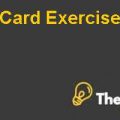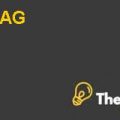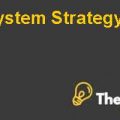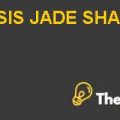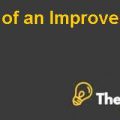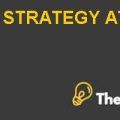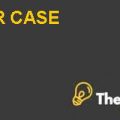
Paper and More (A) Case Solution
Question 1:
The Economic Order Quantity (EOQ) is the number of units that a company should add to the inventory with each order to minimize the total costs of the inventory, such as the order costs, holding costs and the shortage cost. It is used as part of a continuous review inventory system, in which the level of inventory is monitored at all times and a fixed quantity is ordered each time the inventory reaches a specific reorder point. The EOQ model takes several assumptions to reach the final quantity which includes that the demand is constant, and that the inventory is depleted at a fixed rate until it reaches zero. As the model assumes instantaneous replenishment, due to which there are no inventory shortages or associated costs. Therefore, the cost of inventory under the EOQ model involves a trade off between inventory holding costs and order costs.
Due to the assumptions used in the model, it seems like a caricature model but the model is still useful because it provides the customized recommendations regarding the most economical number of units per order. The model may suggest buying a large quantity in fewer order to take the advantage of discount bulk buying and minimizing the order costs. It may also point to more orders of fewer items to minimize the holding costs if they are high and ordering costs are relatively low. EOQ also provides the specific numbers particular to the business regarding how inventory to hold, when to re-order it and many items to order, which smooths out the re-stocking process and results in better customer service as inventory is available when needed.
The EOQ model gives the idea to business on how much units of inventory they require in order to meet the demands they have projected, and even if the demands which are projected are not achieved the company has the ability to revise the inputs for the new ordering levels.
Question 2:
Analysis 1:
1)
The order-up-to point from 77 to 85 gives the 98% in-stock rate as seen in the Analysis 1.
2)
The order-up-to point from 69 to 85 gives the 98% fill up rate as seen in the Analysis 1.
3)
The fill rate is the percentage of customers or consumption orders satisfied from stock at hand, it is measure of an inventory; ability to meet the demand, it can also be called as satisfaction rate.
The difference between the two is because of the uneven demand which is ignored in the EOQ model due to which the results vary.
4)
There is a tendency that one of the fill rate or in-stock rate will be higher than the other because of it is not possible to assume the demand perfectly which makes one of these two higher.
5)
The order-up-to point which maximizes the net profit on Great While is 57, where the fill in-stock rate 80%, and fill rate of 93.8% with the inventory cost of $370.64 with the net profit of 1516.36....................
This is just a sample partial case solution. Please place the order on the website to order your own originally done case solution.

